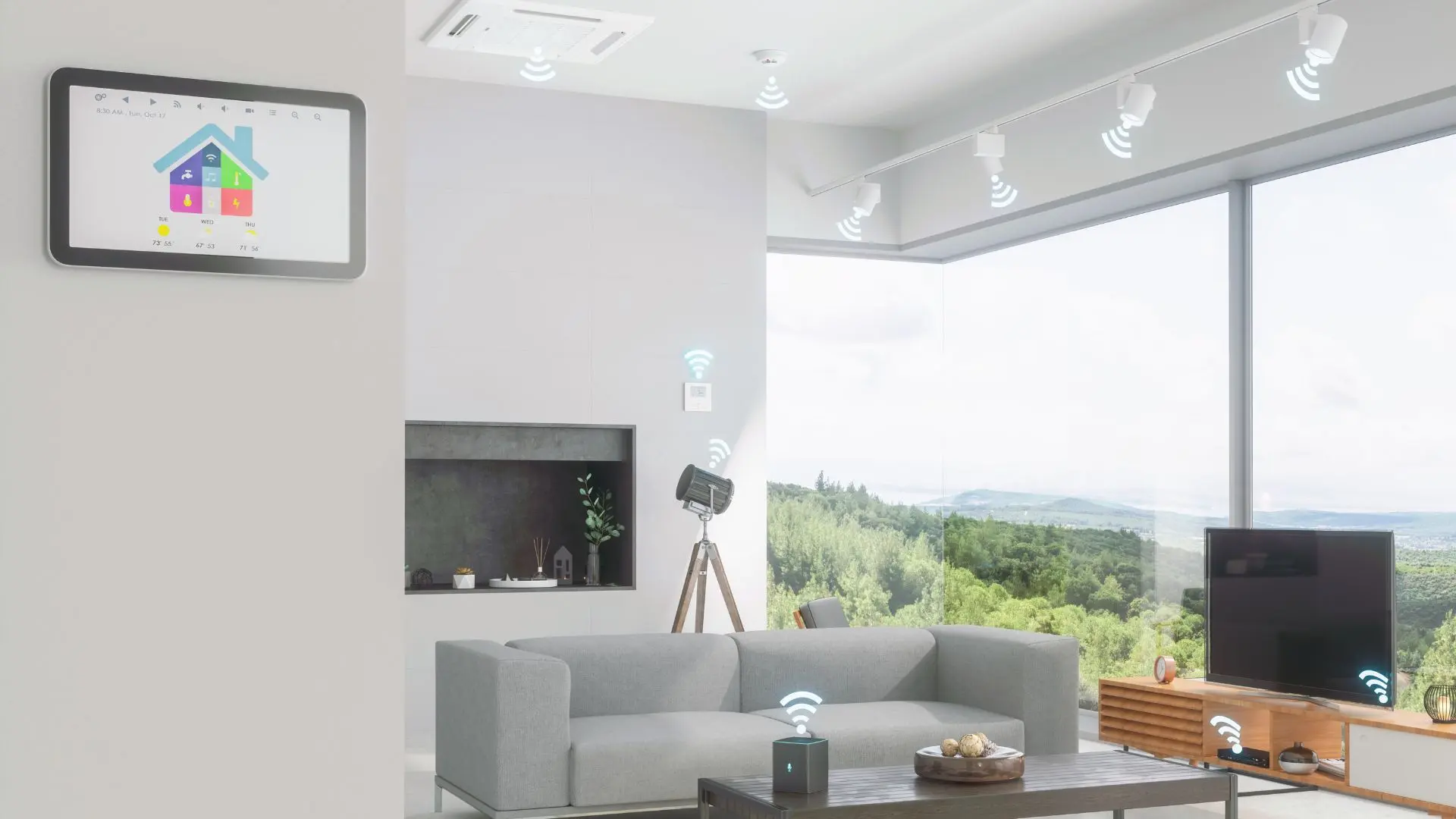
Get your free Melbourne Electrician quote today!
Our team of Melbourne Electricians is here to help you with any questions or concerns you may have. We’re committed to providing you with the best possible service and support.
Smart home automation isn’t just about convenience—it can seriously slash your energy consumption and ease the pressure on your wallet. From smart thermostats that learn your routine to intelligent lighting systems that shut off when no one’s around, this guide breaks down how automated appliances can transform the way you use electricity.
Households Can Cut Electricity Use by Over 30% with Smart Home Systems. Imagine cutting your electricity bill by nearly a third—all without lifting a finger. That’s the kind of power (pun intended) smart home technology is putting into Australian hands. A recent study showed that households using integratedsmart systems can reduce their power consumption by over 30%. It’s not just good news for your wallet—it’s a big win for the environment too.
As energy prices continue to climb and climate concerns grow louder, more Aussie households are switching to smart automation. Why? Because it works. From automated lighting that switches off when no one’s around to air conditioning that adjusts based on weather and occupancy, smart technology is reshaping the way we live—and save.
In this guide, we’ll unpack exactly what smart home automation is, why it matters, and how it can help you save on energy, live more comfortably, and future-proof your home.
What Is Smart Home Automation?
At its core, smart home automation is about giving you better control over your home using technology. It connects your appliances, lighting, climate systems, and more to a central hub or app, letting you manage everything with a few taps on your phone or a simple voice command.

Consumption Awareness
The first step in reducing energy use is knowing where it’s going. Most smart systems offer insights into real-time and historical power consumption. You’ll see which appliances are drawing the most electricity and when.
This data helps households make informed decisions, like replacing that old fridge that’s draining energy or shifting laundry to off-peak times.
Adaptive Operation
Automation lets your home respond to the real world. For instance, blinds can close automatically during the hottest part of the day to keep rooms cooler. Air conditioning can run less when no one’s home. It’s like having a personal energy manager on duty 24/7.
Scheduled Efficiency
Forgetfulness is expensive. We’ve all left lights on or appliances running. Scheduled routines ensure devices only run when needed, cutting back on waste without needing constant oversight.
Integrating Smart Systems in Older and Newer Homes
New Builds
Many new homes now come prewired for automation, with smart switches, climate zones, and structured cabling already in place. Builders often include basic smart features as part of modern designs, making it easier than ever to hit the ground running with full home control.
Retrofits
Got a heritage home or a weatherboard cottage? No worries. Smart tech can be added to almost any property using Wi-Fi-based devices, smart plugs, and voice assistants. Mesh networks help extend coverage, ensuring everything stays connected across larger or multi-storey homes.
Popular platforms like Apple HomeKit, Amazon Alexa, and Google Home are widely supported here in Australia and integrate easily with devices from brands like Philips Hue, Arlo, Ecobee, and TP-Link.
Choosing the Right Smart Technology for Your Home
User-Friendly Options
Look for systems with clear mobile apps, simple controls, and intuitive interfaces. Features like voice activation, mobile notifications, and geofencing (which reacts when you arrive or leave home) add everyday convenience.
Even older Australians are embracing smart assistants to control lights or manage appliances with ease.
Scalability
You don’t need to automate everything at once. Start small—maybe a smart plug and some lights—then expand to include climate systems, cameras, and security later. Most systems are modular, meaning you can build up over time.
Support and Compatibility
Stick with devices that are supported in Australia and come with local customer service. Also, check that your internet plan and NBN connection can handle the load, especially if you’re adding security cameras or video intercoms.
Things to Consider Before Automating
- Wi-Fi Reliability: A solid home network is crucial. Weak signals can cause delays or disconnections.
- Security & Privacy: Always change default passwords and keep your devices updated to avoid security risks.
- Budgeting: While some devices cost more upfront, most households find the long-term savings on electricity and convenience justify the cost.
Create a plan based on your lifestyle, home layout, and goals—whether it’s saving money, enhancing comfort, or both.
Smart Energy Management in Action: Real-Life Scenarios
Take the Taylors in Brisbane—after installing motion-sensing lights and automating their air-con, their quarterly power bill dropped by $220. Now their home cools itself before they walk in the door, and no light stays on longer than necessary.
Or consider 76-year-old Marie in Ballarat, who uses voice commands to turn off her heater and check if the back door light is on, making her home safer and easier to manage without needing to move from her chair.
These aren’t far-fetched examples—they’re everyday stories of smart living done right.
Turn Your Home into a Smarter, Greener Space
The future of home living is here, and it’s all about smarter, more sustainable choices. By embracing automation, you can enjoy lower power bills, greater comfort, and more control over how your home functions.
Whether you’re tech-savvy or just starting out, smart home automation has something to offer every Aussie household.
WP Electrical is here to help. We offer tailored solutions that suit your home, budget, and energy goals—whether it’s a single smart switch or a fully connected setup.
Get in touch todayand discover what smarter living feels like.
Published by: Pascal Harb17 October 2025